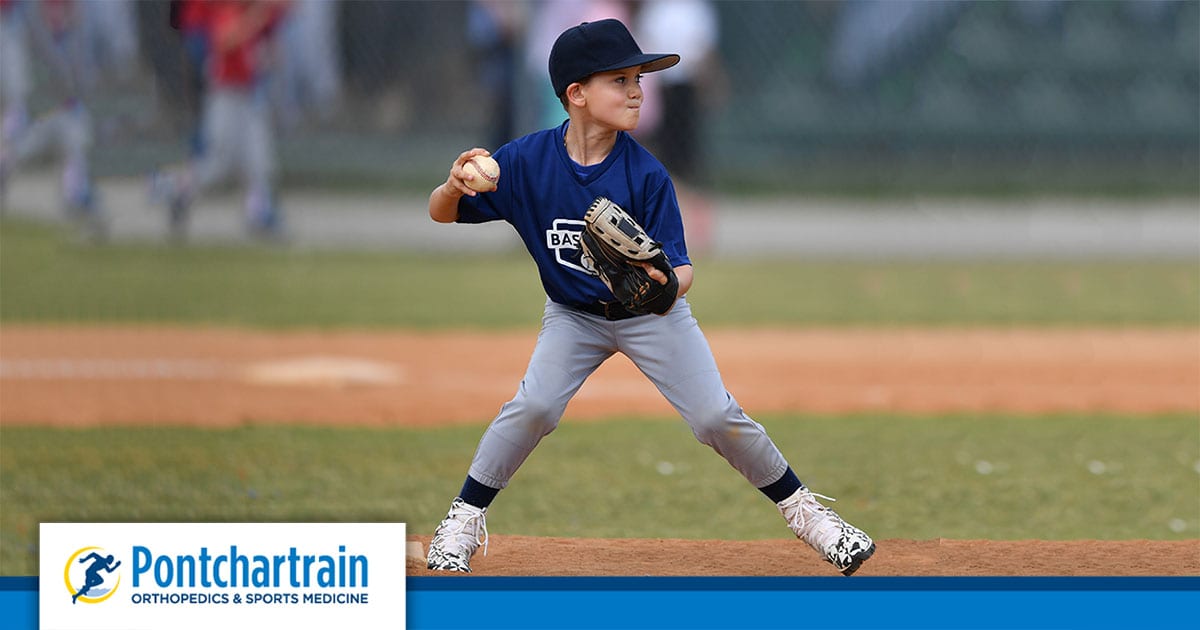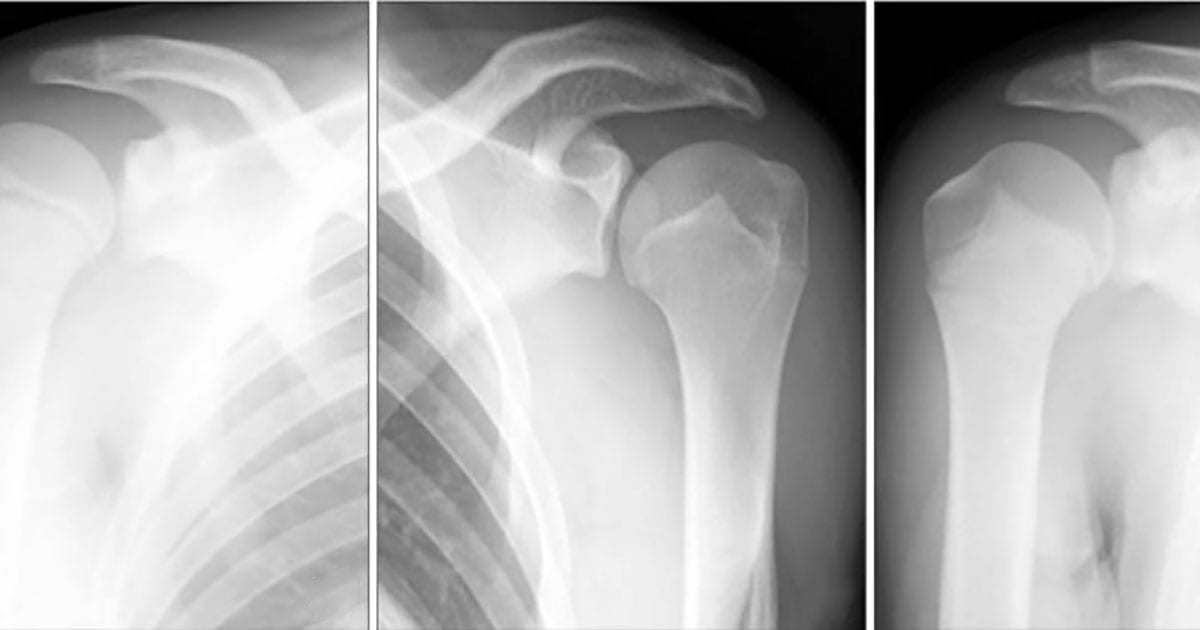Little League Shoulder

Batter up! It’s baseball season and time for kids of all ages to get out onto the field and play ball. While parents watch their kids play, it’s important to be aware of a repetitive use injury called little league shoulder. This painful shoulder condition most often happens to pitchers and catchers in baseball, but it can also occur in other sports that require overhand throwing motions like tennis and volleyball.
In today’s post, Dr. Joseph L. Finstein, an orthopedic specialist focusing on sports injury management, explains what little league shoulder is, who gets it, and how to prevent it.
What is little league shoulder?
Little league shoulder creates pain and swelling in the shoulder of children who throw balls in sports. Also called proximal humeral epiphysitis, this condition is an overuse or repetitive stress injury that is directly related to the body mechanics of repeatedly throwing a ball. Stress to the shoulder blade and arm bone (humerus) causes widening of the growth plate. This growth plate is especially susceptible to injury from repetitive motion and micro-trauma than when it is fully mature.
“Because the growth plates are not closed until later teen years,
youths are susceptible to proximal humeral epiphysitis.”
- Dr. Joseph L. Finstein, MD
Symptoms of proximal humeral epiphysitis?
Symptoms of little league shoulder include pain in the shoulder, particularly when throwing the ball. There will be soreness after games and swelling or tenderness around the shoulder. In addition, young players will notice their throwing is slower and not as controlled. Left untreated, symptoms will intensify and can lead to severe three-dimensional humeral deformity.
Diagnosing
Dr. Finstein will take an x-ray of the patient’s shoulder, but an MRI may be necessary to make the definitive diagnosis. A physical examination and discussion of the patient’s symptoms provides Dr. Finstein with insight into the condition. The shoulder will be tender, which is often seen in someone who throws a lot of pitches or overhand throwing.

Treatment Options
Rest
Dr. Finstein says, “the best treatment is rest.” He says that if children developing the condition stop pitching to let their arm rest, it is a self-healing injury that will improve on its own. This is a simple fix for this condition, and caught early enough, symptoms will go away once sufficient rest occurs.
Physical therapy
Aside from rest, physical therapy can often help shoulder pain caused from little league play. By strengthening the muscles around the shoulder and learning proper throwing mechanics and stretching techniques, the patient can build up his or her arm. A physical therapist will also help with core strength and shoulder stability.
Left untreated, this injury could worsen. Dr. Finstein says, “if kids continue to throw through pain, they could fracture their arm.” They can also experience an arm growth injury. Because the growth plate is not mature and is still weak, repeated stress on it causes inflammation and stops it from growing. Repeated stress can then cause small fractures in the growth plate. If these stresses continue on the arm bone growth plate can separate. Surgery may be needed to repair it.
Keys to Prevention
There are several ways to prevent little league shoulder. Good body and throwing mechanics, and core strengthening are important. Also, young athletes should not play both catcher and pitcher in the same game. There should be sufficient rest between outings.The most effective way to prevent the condition, however, is to monitor pitch counts. Dr. Finstein says there are specific guidelines for pitch counts for each age group.
These recommendations are based on the Pitch Smart Guidelines for Youth and Adolescent Pitchers. Pitch Smart is a joint initiative between Major League Baseball and USA Baseball that provides safe pitching practices and guidelines to help reduce the risk of arm injuries in amateur players.
Take Shoulder Pain Seriously
Little league shoulder can be a painful condition, but accurate diagnosis and rest can result in a full recovery. Ignoring, or pushing athletes to “play through the pain” can have serious, long-term consequences. Contact us for an evaluation if you believe your child might have injured his or her shoulder playing ball. Or if your child has shoulder pain after a Friday game, Pontchartrain Orthopedic and Sports Medicine offers a Saturday clinic. This means you can avoid the ER and be seen by an orthopedic specialist on a walk-in, no appointment basis.
About the Doctor

Dr. Joseph L. Finstein, MD
Dr. Joseph L. Finstein MD specializes in sports medicine, including injuries of the shoulder, elbow, hip, knee, foot, and ankle. Dr. Finstein completed his Sports Medicine Fellowship at the Rothman Institute at Thomas Jefferson University. He is currently the team physician at De La Salle High School. He also served as an Orthopedic Consultant for both the NCAA Division I Women’s Atlantic 10 Basketball Tournament and the Men’s NCAA Division III National Soccer Tournament.
This website is not designed to and does not provide medical advice, medical diagnosis, professional opinion, treatment or services to you or any other person. Through this website and links to other websites, Pontchartrain Orthopedics & Sports Medicine provides general information for educational purposes only. The information provided in this website, or through links to other sites, is not a substitute for medical care. You should not use this information in place of a visit, call, consultation or the advice of your healthcare provider. Pontchartrain Orthopedics & Sports Medicine is not liable or responsible for any advice, course of treatment, diagnosis or any other information, services or product you obtain through this site.
